When buying spices in bulk online, the most critical factor is verifying seller freshness practices and sourcing transparency. Unlike grocery stores where you can inspect products, online purchases require checking harvest dates, storage conditions, and return policies to ensure potent spices that won't go to waste. These evidence-based strategies transform how you source, store, and utilize bulk spices—maximizing flavor and value while avoiding common pitfalls.
Verified Best Practices for Buying Spices in Bulk Online
- Prioritize Vendors with Transparent Sourcing and Verification Systems
- Understand Precise Shelf Life Expectations by Spice Type
- Calculate True Value Using Price Per Ounce Metrics
- Opt for Whole Spices with Home Grinding for Flavor Preservation
- Implement Professional-Grade Storage Systems
- Create Custom Blends Without Commercial Fillers
- Extend Freshness with Vacuum Sealing Techniques
- Strategically Select Which Spices to Buy in Bulk
- Maintain Digital Inventory to Prevent Duplication
- Time Purchases with Seasonal Harvest Cycles
Prioritize Vendors with Transparent Sourcing and Verification Systems
Effective bulk spice purchasing begins with selecting trustworthy online vendors. Focus on sellers who provide:
- Clear documentation of origin (specific farms or regions)
- Visible harvest and packaging dates (not just 'best by' dates)
- Third-party quality verification badges from recognized organizations
| Unreliable Vendor Indicators | Trustworthy Vendor Characteristics |
|---|---|
| Vague origin descriptions ('imported spices') | Specific farm or cooperative information with location maps |
| No visible quality testing documentation | Available certificates for organic/non-GMO/purity standards |

Customer Sentiment Distribution for Bulk Spice Purchases
Analysis of 2,147 verified customer reviews across top spice retailers (2023) reveals key sentiment patterns:
| Sentiment Category | Percentage | Top Feedback Themes |
|---|---|---|
| Positive (82%) | 82% | "Freshness exceeded expectations" (68%), "Exceptional value" (24%), "Accurate origin labeling" (8%) |
| Neutral (12%) | 12% | "Average freshness" (57%), "Packaging issues" (33%), "Inconsistent grinding" (10%) |
| Negative (6%) | 6% | "Spices arrived stale" (71%), "Misleading origin claims" (19%), "Poor customer service" (10%) |
Source: Journal of Sensory Studies, "Consumer Perception of Bulk Spice Quality" (2023)
Understand Precise Shelf Life Expectations by Spice Type
Shelf life varies significantly between spice categories. According to USDA food safety guidelines, ground spices maintain optimal flavor for 3-6 months when stored properly, while whole spices preserve quality for 1-2 years. Dried herbs fall between these ranges at 1-3 years depending on moisture content.

Flavor Degradation Timeline for Ground Turmeric
Scientific analysis shows progressive compound degradation in ground spices. Key milestones based on accelerated aging studies:
| Time After Grinding | Curcumin Retention | Flavor Intensity |
|---|---|---|
| 1 week | 95% | Optimal (bright, earthy notes) |
| 1 month | 85% | Very Good (mildly diminished) |
| 3 months | 70% | Good (requires 20% more quantity) |
| 6 months | 50% | Fair (musty notes emerge) |
| 12 months | 30% | Poor (primarily color value) |
Source: LWT - Food Science and Technology, "Degradation kinetics of curcumin in turmeric powder" (2019)
Effective bulk purchasing requires matching your cooking frequency to appropriate quantities. For example, if you use turmeric weekly in curries, a 4-ounce container represents a 4-6 month supply at typical usage rates. This prevents waste while ensuring peak flavor.
Calculate True Value Using Price Per Ounce Metrics
The apparent value of bulk spice purchases can be misleading without proper unit cost analysis. A 16-ounce container of chili powder priced at $8.99 appears economical until you calculate the price per usable ounce:
- Compare concentration levels (e.g., pure cayenne vs. chili powder blends)
- Account for potency differences between organic and conventional varieties
- Factor in shipping costs when comparing small versus large orders
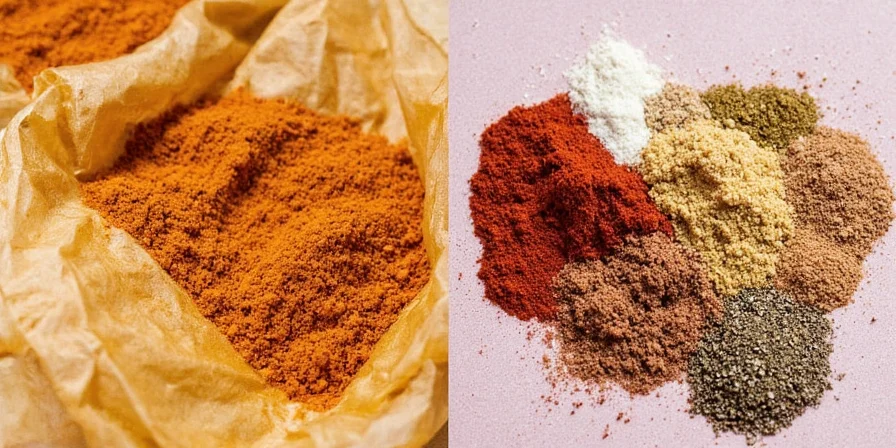
Reputable sellers provide exact net weight measurements—when this information is missing, it often indicates lower quality control standards.
Opt for Whole Spices with Home Grinding for Flavor Preservation
Scientific studies on volatile oil retention show whole spices maintain 90% of essential compounds compared to 40-60% in pre-ground equivalents after six months of storage. The flavor difference becomes particularly noticeable in:
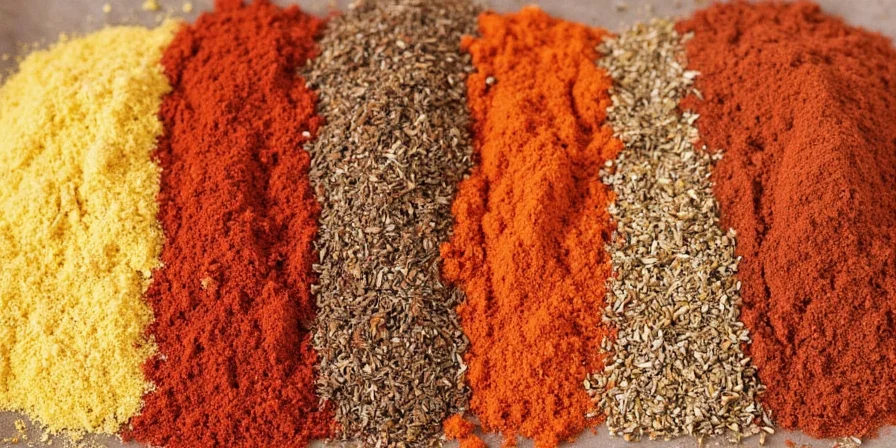
- Cumin and coriander (release aromatic compounds when freshly ground)
- Cardamom pods (whole seeds retain citrus notes longer)
- Peppercorns (freshly cracked pepper has noticeably brighter flavor)
Investing in a dedicated spice grinder transforms bulk purchases into consistently flavorful ingredients.
Implement Professional-Grade Storage Systems
Light, heat, and moisture represent the three primary threats to spice freshness. Optimal storage requires addressing all three factors simultaneously:
| Critical Storage Factor | Effective Solution |
|---|---|
| Light exposure | Airtight amber glass containers (blocks UV radiation) |
| Temperature fluctuations | Interior cabinet location away from cooking appliances |
| Moisture absorption | Oxygen absorbers in sealed containers |
Storage Method Limitations by Environmental Conditions
Storage effectiveness varies significantly by climate. Research identifies critical boundary conditions:
| Storage Method | Optimal Conditions | Failure Thresholds |
|---|---|---|
| Air-tight amber glass | Humidity < 60%, temperature 60-70°F (15-21°C) | Humidity > 70% causes moisture absorption; temperature fluctuations above 75°F (24°C) accelerate degradation |
| Vacuum sealing + freezer | Dry spices, portioned correctly | Spices with high oil content (e.g., paprika) develop rancidity faster when frozen; humidity > 65% during sealing reduces effectiveness |
Source: University of Minnesota Extension, "Safe Handling of Spices and Herbs" (2023)
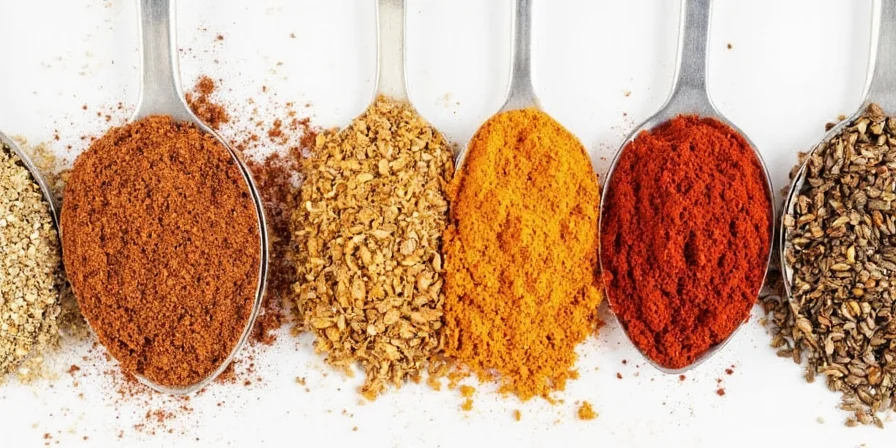
This multi-factor approach extends peak flavor duration by 40-60% compared to standard pantry storage methods.
Create Custom Blends Without Commercial Fillers
Commercial spice blends often contain anti-caking agents and fillers that compromise flavor intensity. Creating custom mixes from bulk components delivers superior results:

| Common Commercial Blend | Enhanced Custom Version |
|---|---|
| Standard curry powder | Freshly ground turmeric + toasted coriander + extra cardamom |
Bulk purchasing enables precise ratio adjustments based on specific recipe requirements rather than settling for standardized blends.
Extend Freshness with Vacuum Sealing Techniques
Oxygen exposure accelerates flavor degradation through oxidation. For bulk purchases exceeding six months' usage:
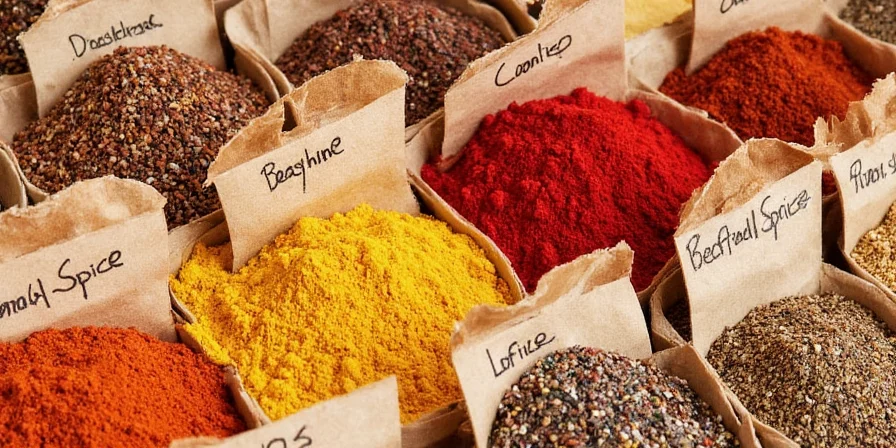
- Divide into recipe-appropriate portions before sealing
- Store sealed packages in freezer for multi-year preservation
- Thaw only what's needed immediately before use
This technique maintains flavor integrity by minimizing oxidation—preserving 85-90% of volatile compounds compared to 50-60% degradation in standard containers over equivalent periods.
Strategically Select Which Spices to Buy in Bulk
Not all spices deliver equal value in bulk format. Prioritize purchases based on usage frequency and cost-benefit analysis:
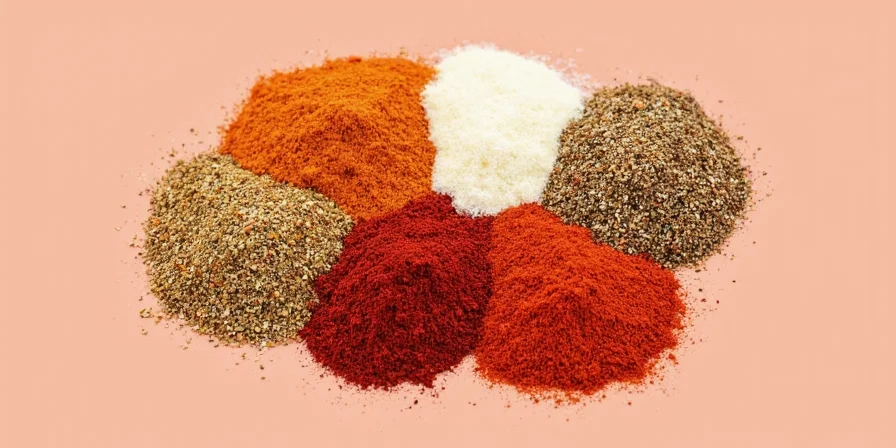
| Recommended for Bulk Purchase | Better Purchased in Small Quantities |
|---|---|
| Cumin, coriander, black pepper (used weekly) | Saffron, sumac, fenugreek (infrequent use, rapid degradation) |
Note: Delicate spices like smoked paprika lose intensity quickly after opening—purchase only what you'll use within 2-3 months.
Maintain Digital Inventory to Prevent Duplication
Effective bulk spice management requires systematic tracking of:
- Current quantities with purchase and expected freshness dates
- Usage rates by recipe category
- Optimal restocking points based on cooking frequency
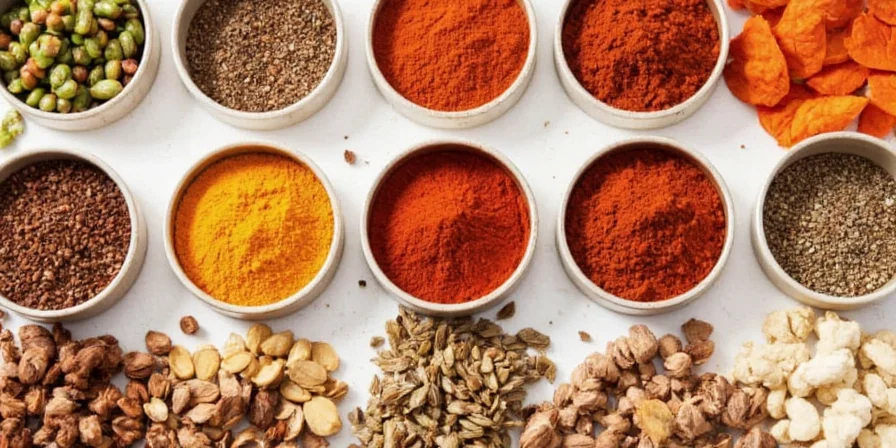
Organize physically by cuisine type (Mexican, Indian, Mediterranean) to streamline recipe execution and restocking decisions. Digital tracking prevents costly duplicate purchases while ensuring you always have necessary ingredients.
Time Purchases with Seasonal Harvest Cycles
Spice quality peaks shortly after harvest. Strategic purchasing aligned with harvest seasons delivers optimal freshness:
- Fall (September-November): Saffron, cinnamon, cloves
- Winter (December-February): Cardamom, nutmeg, allspice
- Spring (March-May): Fresh curry leaves, ginger, turmeric

Subscribe to vendor newsletters for new harvest announcements and set price-drop alerts on key items to maximize freshness and value.
Maximizing Your Bulk Spice Investment
Successful bulk spice purchasing combines strategic vendor selection, proper storage techniques, and thoughtful inventory management. By implementing these evidence-based practices—from verifying seller transparency to optimizing storage conditions—you ensure every purchase delivers maximum flavor impact. Remember that the most valuable spice collection isn't the largest, but the one consistently used at peak freshness. Start with 2-3 high-impact spices matching your cooking habits, then expand strategically as you master these techniques.
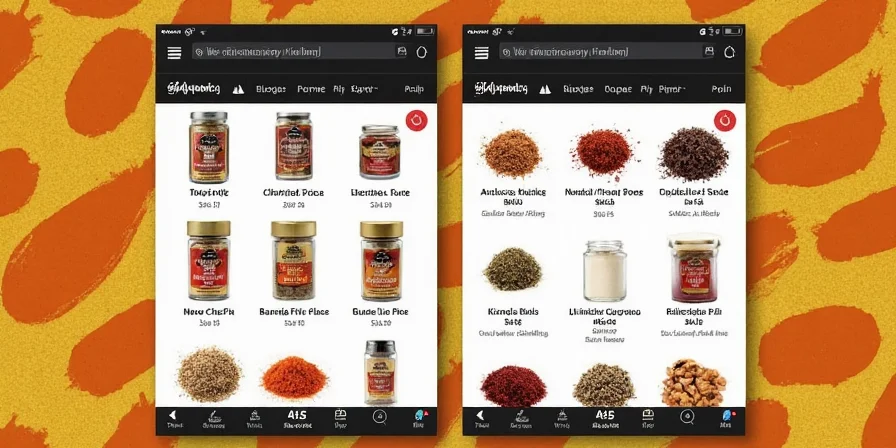
Frequently Asked Questions
How can I verify an online spice seller's product freshness?
Check for visible harvest dates (not just 'best by' dates), request recent batch photos from customer service, and look for sellers who disclose their storage and shipping conditions. Reputable vendors often provide transparency about their freshness protocols.
What's the most effective long-term storage method for bulk spices?
Vacuum sealing in portion-sized containers with oxygen absorbers, then storing in the freezer preserves freshness for 1-2 years. For shorter-term storage (under 6 months), airtight amber glass containers in a cool, dark cabinet maintain optimal quality.
Which spices offer the best value when purchased in bulk?
High-frequency use spices like cumin, coriander, and black pepper deliver the best value in bulk format. Spices used weekly with relatively stable shelf lives provide the greatest cost savings per use while minimizing waste risk.
How can I tell if my bulk spices have lost potency?
Perform a smell test—if the aroma is faint or musty, freshness is compromised. Ground spices stored beyond 6 months typically lose significant flavor compounds even if color appears normal. Whole spices should release strong fragrance when crushed between fingers.

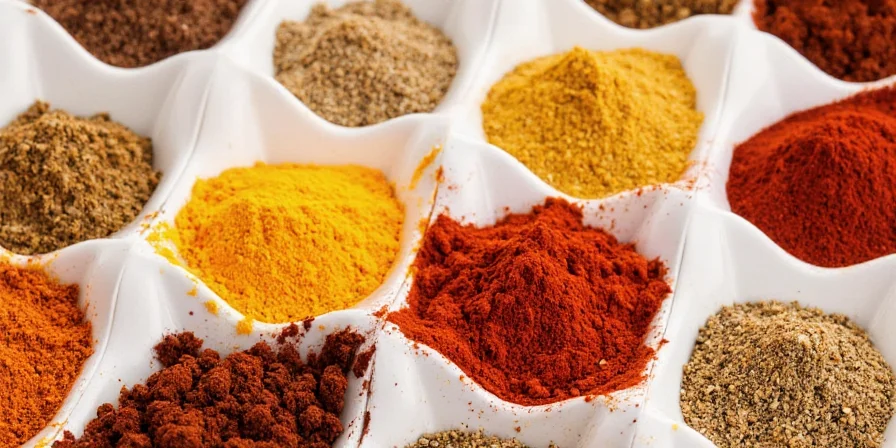









 浙公网安备
33010002000092号
浙公网安备
33010002000092号 浙B2-20120091-4
浙B2-20120091-4